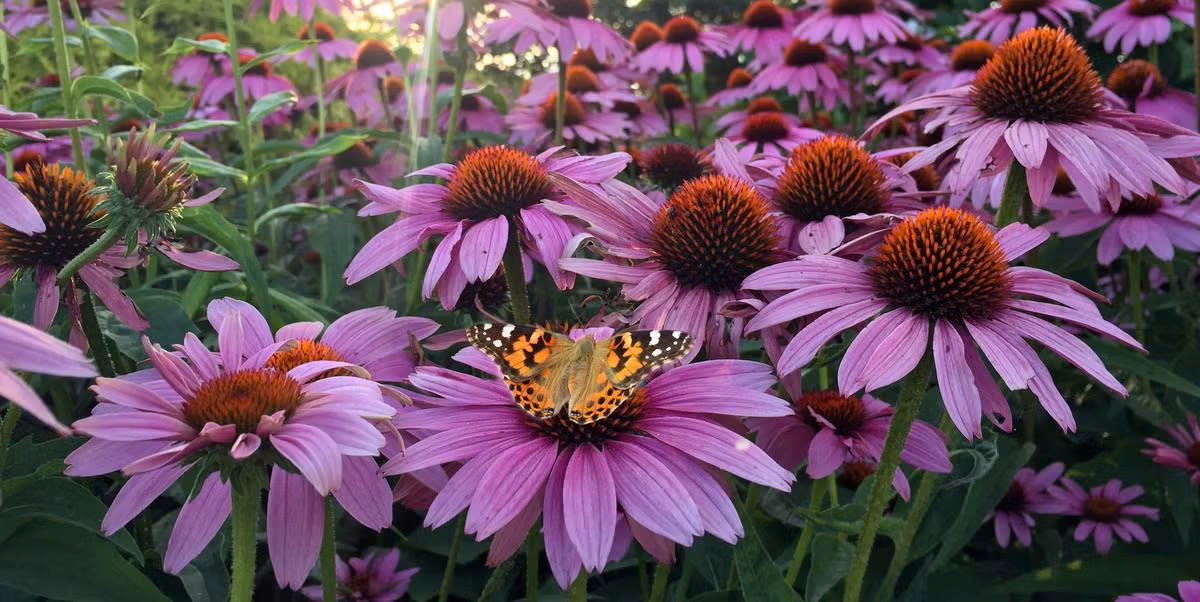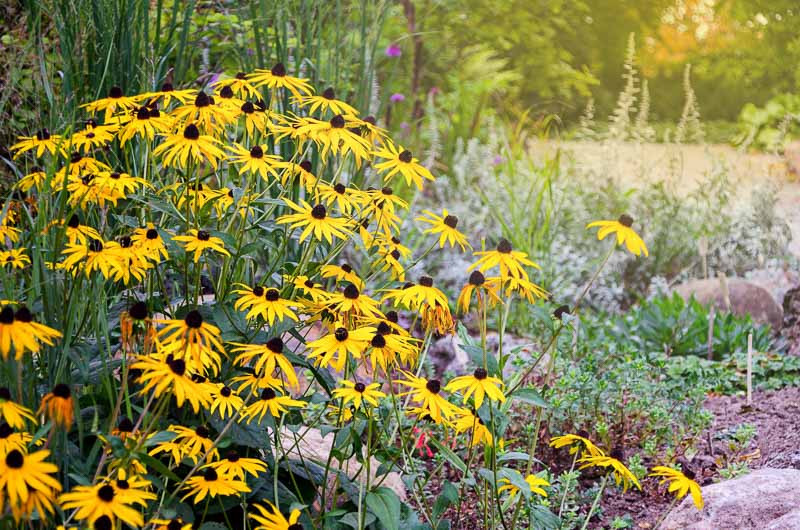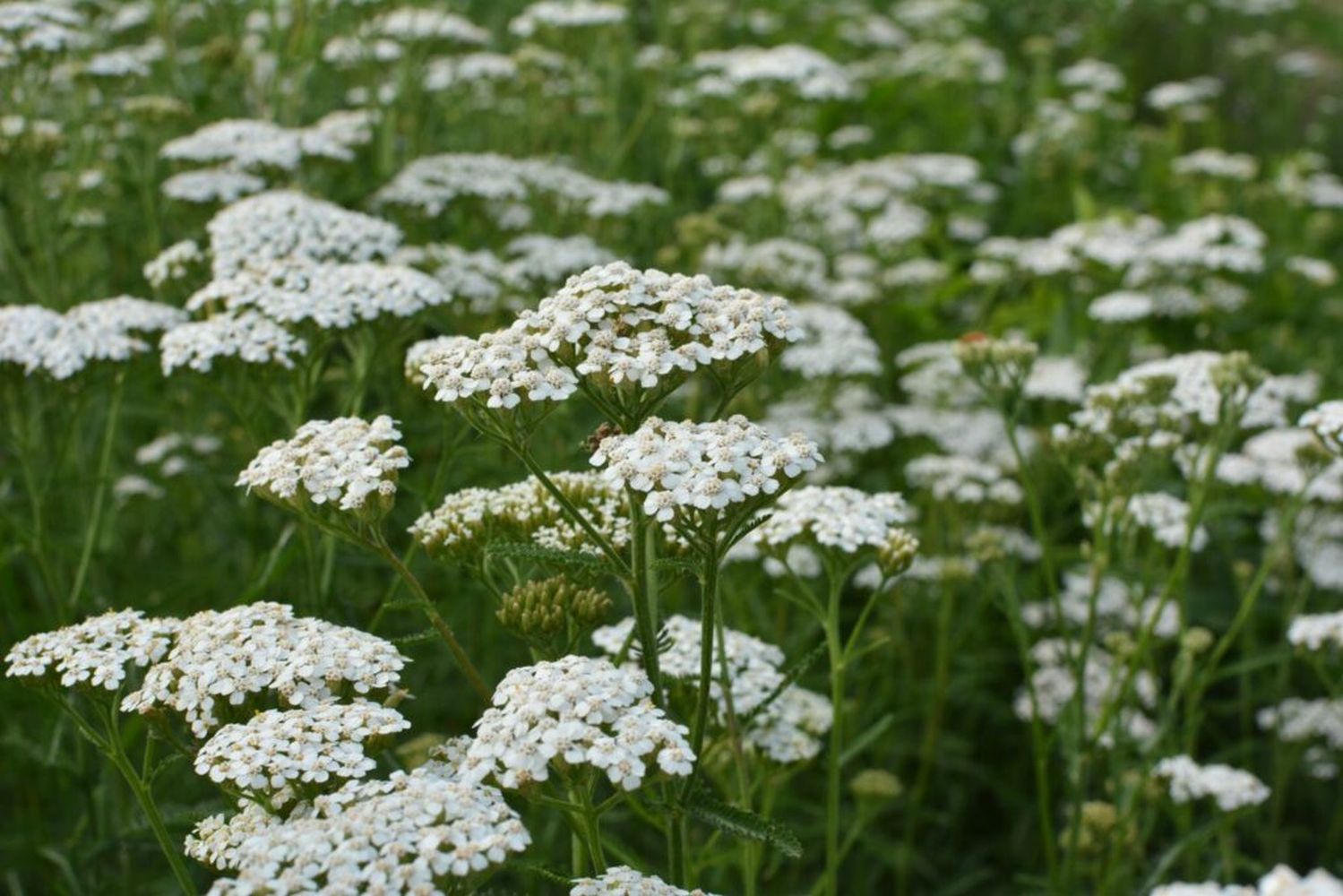Why Sun-Loving Perennials Are the Backbone of a Thriving Garden
At DH Garden Centre here in Kitsilano, Vancouver, one of the most common things I hear from customers is: “I’ve got a sunny corner and no clue what to put there.” Whether you’re starting your first garden or refreshing a long-loved space, the answer often lies in a category of plants that are as smart as they are beautiful: sun-loving perennials.
These hardy perennials thrive in direct sunlight and, once established, often need very little care. They come back year after year, bringing vibrant color and energy to your outdoor space without demanding too much from you. They’re also champions of sustainability – helping pollinators, reducing water use, and enhancing your landscape with natural rhythm.

The Sun-Loving Perennials That Will Transform Your Garde
Whether you live in Vancouver, Seattle, Portland, or even the southern UK, these plants are ideally suited for temperate, ocean-kissed climates. And if you’ve ever stood at our garden centre staring at rows of pots thinking, “Where do I even start?”—this guide is for you.
Let’s walk through 11 of the best sun-loving perennials you can grow—complete with care tips, design ideas, and real-world examples from gardens we’ve helped build.
1. Lavender (Lavandula angustifolia)
Lavender is more than just a fragrant herb—it’s a foundational plant for any sunny, low-maintenance garden. Known for its silvery foliage and iconic purple blooms, lavender thrives in full sun and well-drained soil. In fact, it prefers soil that’s a little on the poor side. This plant doesn’t want pampering. Too much water or fertilizer can actually harm it.
Plant lavender in a spot that receives at least six hours of sun per day. If your garden has heavy clay, mix in sand or gravel before planting. Once established, lavender becomes drought-tolerant and rarely needs watering. In the landscape, lavender is incredibly versatile—it works beautifully in borders, raised beds, or containers. In Japandi-style designs, it pairs perfectly with neutral-toned pottery, rattan furnishings, and stone accents.
Bonus: Harvest and dry the flowers for homemade sachets, oils, or culinary uses. One plant, many gifts.

Lavender is more than just a fragrant herb—it’s a foundational plant for any sunny, low-maintenance garden
2. Echinacea purpurea (Purple Coneflower)
Echinacea, also known as purple coneflower, is the backbone of many pollinator gardens—and for good reason. This North American native boasts large, daisy-like flowers with raised central cones that attract bees, butterflies, and songbirds. Blooming from midsummer into fall, echinacea is both tough and stunning.
It’s a plant that thrives on neglect. Poor soil? No problem. Drought? Bring it on. All it needs is full sun and decent drainage. When planting, space your echinacea about 45 cm apart and add compost to help it settle in. Overly rich soil can make the plant grow floppy, so don’t overdo amendments.
In terms of design, echinacea brings a rustic elegance. Group several plants together in a Boho-inspired section of your garden. Pair them with ornamental grasses or other wildflowers for a flowing, naturalistic look. They also make long-lasting cut flowers and provide seeds for birds if you leave the cones in place through fall.

They also make long-lasting cut flowers and provide seeds for birds if you leave the cones in place through fall.
3. Black-Eyed Susan (Rudbeckia hirta)
Black-eyed Susan is one of those plants that feels like sunshine itself. With golden-yellow petals and a chocolate-brown center, it brings cheer and brightness to any setting. And like many sun-loving perennials, it’s as easygoing as they come.
These flowers bloom from early summer until the first frost, creating months of visual impact. They tolerate a range of soil types, so long as there’s decent drainage. While they appreciate regular watering in their first season, they become drought-tolerant once established.
In garden design, Black-eyed Susans shine in vibrant Boho arrangements or wildflower-style beds. Picture them spilling from woven planters beside textured ceramics or growing alongside native grasses for a layered, dynamic effect. Deadheading spent blooms encourages new flowers, extending the season even further.

With golden-yellow petals and a chocolate-brown center, it brings cheer and brightness to any setting
4. Daylilies (Hemerocallis)
Daylilies are a paradox in the garden world—each bloom lasts only a day, but the plant itself produces flowers for weeks on end. With hundreds of cultivars available in colors ranging from soft pastels to vivid oranges and reds, daylilies are one of the most versatile and forgiving perennials around.
They grow best in full sun but tolerate partial shade. The key to success is moist, well-draining soil and consistent watering during the first few weeks after planting. Dig a hole twice the size of the root ball, spread the roots gently, and water in well. Once they’re established, daylilies practically take care of themselves.
Their graceful, arching leaves and colorful flowers work well in modern, minimalist designs. Use them to edge pathways, soften fences, or bring life to neglected corners. They also mix beautifully with herbs like thyme and chives in kitchen gardens that are both practical and picturesque.

Daylilies are a paradox in the garden world—each bloom lasts only a day, but the plant itself produces flowers for weeks on end
5. Salvia (Salvia nemorosa, Salvia greggii)
Salvia is the garden’s version of fireworks. These sun-loving perennials send up spikes of purple, pink, red, or blue that attract bees, hummingbirds, and butterflies in droves. Most salvias thrive in full sun and well-drained soil. They’re heat- and drought-tolerant, making them ideal for sustainable gardens.
When planting, dig a hole twice as wide as the root ball and amend the soil with compost if needed. Mulch around the base to retain moisture, but don’t let mulch touch the stem. Once the first flush of flowers finishes, prune the plant back by one-third to encourage a second bloom cycle.
Salvias are visually striking in modern meadow-style plantings or as a central feature in containers. They also complement Japandi design when paired with dark ceramic pots, sedums, or low-growing herbs. A sun-drenched corner with salvia in full bloom is a sight that stirs the soul.

Salvias are visually striking in modern meadow-style plantings or as a central feature in containers
6. Yarrow (Achillea millefolium)
Yarrow is one of the toughest and most forgiving perennials you can grow. It thrives in dry, sunny areas where other plants might struggle. Its fern-like foliage offers a soft, feathery texture, while its flower clusters—available in white, yellow, pink, or red—bloom from early summer into fall. Yarrow doesn’t just survive—it thrives with minimal care.
To grow yarrow, pick a sunny spot with well-drained soil. Avoid rich or heavily amended soil, as this can lead to floppy growth. Space plants about 30 cm apart. Water young plants to help them establish, then step back—yarrow is incredibly drought-tolerant. Every few years, divide clumps in spring or fall to encourage continued blooming and to prevent overcrowding.
In design, yarrow pairs beautifully with Wabi-Sabi gardens. Its loose, slightly wild appearance complements aged wood, ceramic vessels with natural imperfections, and weathered stone. Plus, its dried flowers are perfect for rustic bouquets or herbal blends.

Yarrow is one of the toughest and most forgiving perennials you can grow
(…continued in the next blog post…)

